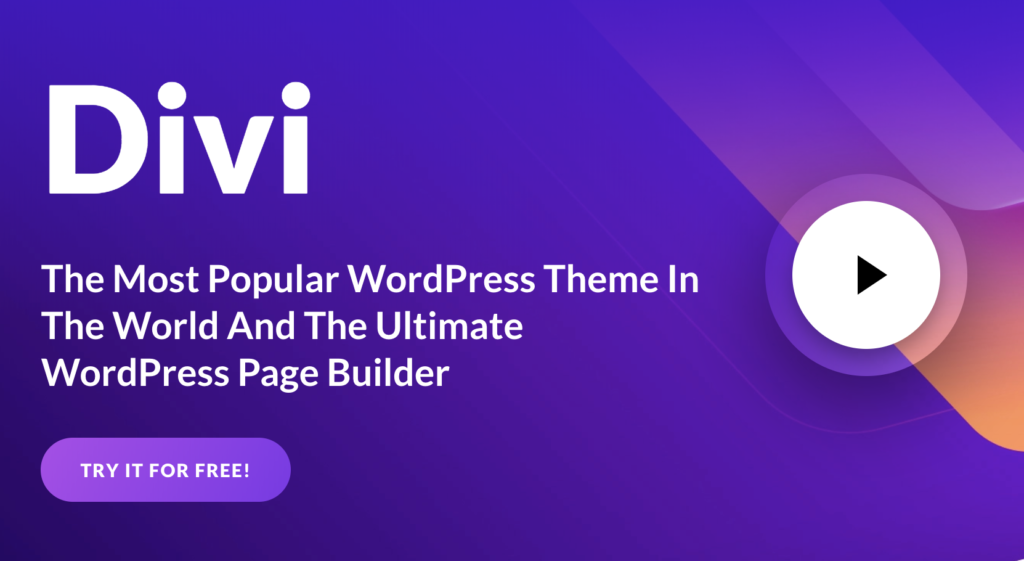4 SEO Drawbacks in WordPress, That Makes It ‘Not-so-SEO-friendly’
This article was updated on August 6th, 2020 at 05:57 am
I always ask the question to people, “Which CMS are you using for your website.” Over 95% of people replied to me with one word, “WordPress.”
Oh boy, “WordPress.”
Do you know WordPress is not fully SEO optimized?
Oh yeah! It’s true; there are still a few things that are still missing from WordPress that truly kills your google traffic.
You can’t just write a post and hit a fancy “publish” button on your WordPress blog. You’re missing out on a lot of potential.
Most people working with SEO are familiar with WordPress, and might feel, that they are doing quite a lot in terms of on-site and on-page optimization. However, there are a number of common mistakes you are probably making on WordPress that I will share with you here.
At the same time, I will offer a simple and straight forward solution to each of these common mistakes made by WordPress users!
1) Does not have XML Sitemap option
Why are sitemaps important?
Well, see below Google’s answer about sitemaps.

I always follow Google guidelines to make sure that my site is compatible with their search engine bots; this is a must for anyone who wants traffic form Google in the long run.
Based on sitemaps, Google will find pages on your website that they might not otherwise discover.
Do you think this is the only function of sitemaps?
The answer is big “NO”
Sitemaps supply additional information to Googlebots about your website like:
How often you should expect a page update.
How many times you want to crawl specific pages on your site.
Video sitemap provides metatag description data, such as run time of videos.
Many WordPress plugins are available for free. Optimizing plug-ins requires a one-time investment of your time; after installation you select a few options based on your needs, and then let the plugin do the rest.
I personally used Yoast SEO plugin for my blog, Rank Jane. WordPress SEO by Yoast is completely free and has some additional SEO related functions.
To set up XML Sitemaps on your website, I recommend Google XML Sitemaps. It is a simple to use plugin with millions of downloads and overwhelmingly positive reviews.
2) WordPress Does Not Define Canonical URLs
Oh boy! What the hell are canonical URLs?
I had the same reaction when I heard “canonical URLs” for the first time.
Matt Cutts, head of Google’s Webspam team, briefly defined canonical URLs here:
Canonicalization is the process of picking the best URL when there are several choices, and it usually refers to home pages. For example, most people would consider these as the same URLs:
www.example.com
example.com/
www.example.com/index.html
example.com/home.asp
But technically all of these URLs are different. A web server could return completely different content for all them. When Google “canonicalizes” a URL, we try to pick the one that seems like the best representative from that set.
In simple words, if you don’t tell Google, which version of page (with or without www or / etc.) to index the Googlebots will possibly become confused and attempt to figure things out for themselves with possibly disastrous results for your website traffic.
Overcome this confusion.
Setup WordPress to present your site (i.e. http://www.yoursite.com/ or http://yoursite.com/).
Using google webmaster tools will inform Google, which type of URL you want them to use.
Use WordPress SEO by Yoast to ensure that canonical URLs are defined on each page of your website
Initially, it sounds very complicated but it’s a really easy issue to deal with.
3) No option for Google+ Authorship
Well, I don’t think I need to go into detail about google authorship, right?
You probably read hundreds of blogs about the impact of authorship on search results.
If not, you must read articles published on MOZ about how a little photo will significantly impact the click through rate.
Let’s put it simply, by incorporating Google+ authorship you will:
Attract more visitors to your website
Increase click through rate
Build your brand through authorship
Well, now you might have questions about how do I implement google authorship into my blog…Right?
Check this out: Link your Google+ rel=”Author”
4) Not Optimizing How Your Posts Look in the SERPs
This one is similar to Google+ authorship, which effects your click through rate.
I have researched how new websites incorporate Meta descriptions into their webpage descriptions.
Of the sites I review, not even a single newbie site had an optimized meta description.
Oh wait, you might ask the question: “What is an optimized meta description?”

Default WordPress settings use the first few sentences as your meta description. These sentences are not likely optimized for the keyword that you are targeting to rank on the SERPs. Although ranking on the first page of search engines is a key factor to success, most webmasters and bloggers receive a lower ranking because of an un-optimized meta description and title.
You must optimize each of your blog posts to achieve high click through rate in SERPs.
By default, in WordPress settings, there is no option to define your meta description.
You might be thinking, is there an effective plugin available?
Of course, WordPress is a great platform to easily find any plugin. Try Add Meta Tags or WordPress SEO by Yoast.
Have you made any mistakes?
I truly believe nobody is perfect. SEO is kind of trial and error. If you have not addressed any of these 4 SEO mistakes that I mentioned in this article, then please implement these tips right away on your WordPress site and see the difference.
Keep in mind; SEO is completely changed now-a-days. There are many SEO tactics that are not working anymore (i.e. optimized anchor link, keyword stuffing, etc.)
Is there anything I am missing? If you think so, please add your ideas in the comment section below.

